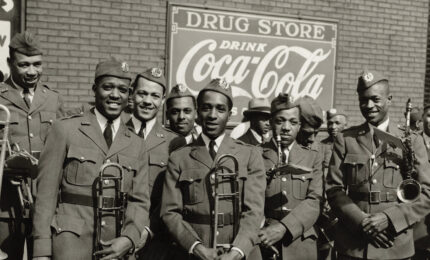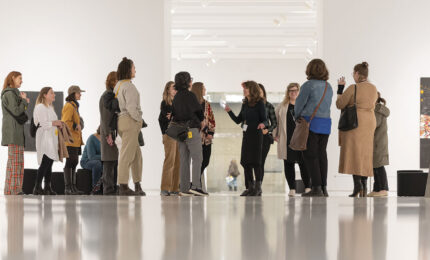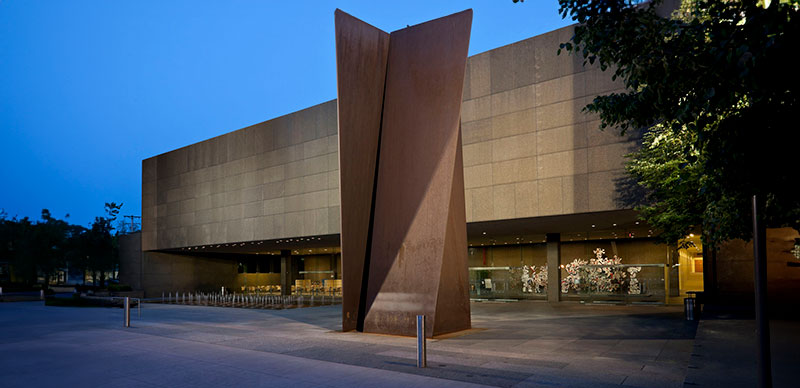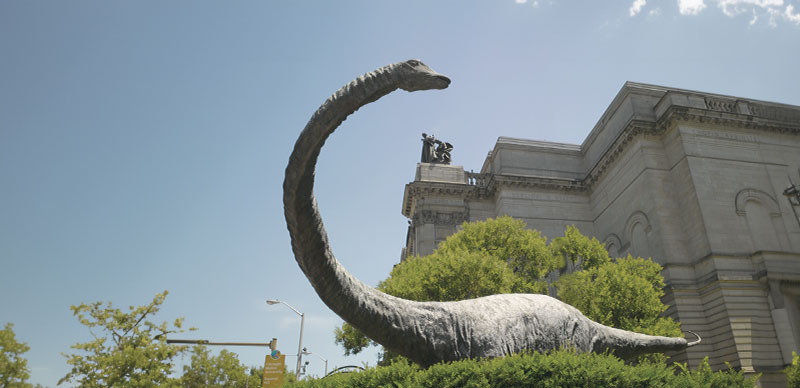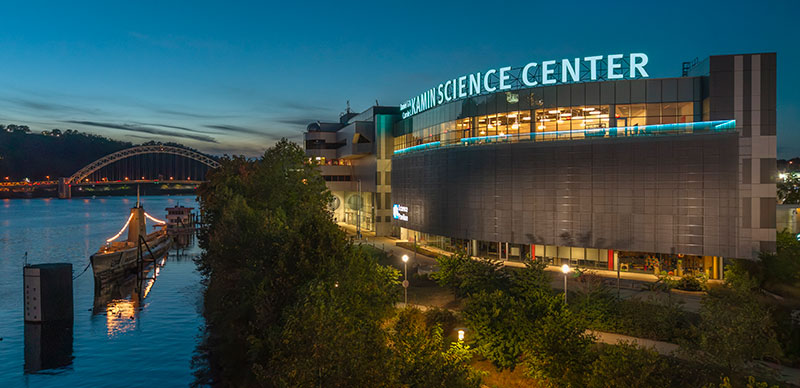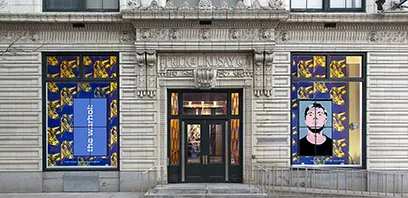For a half century, a bronze, eagle-topped armillary sphere crowned the roof of the historic home of Carnegie Museums and Library in Pittsburgh’s sprawling Oakland neighborhood—an exclamation point, of sorts, atop one of the region’s grandest cultural landmarks. In 1957 the sphere was replaced, along with the roof, by the current aluminum sculpture weighing 1,120 pounds, less than one-third the weight of the original. The sphere’s 8-foot diameter is encircled by four signs of the zodiac on an elliptical band, which is tipped 23 ½ inches from the celestial equator, marking the yearly path of the sun. Those ancient symbols represent Gemini (the Twins), Leo (the Lion), Libra (the Balance), and Sagittarius (the Archer).
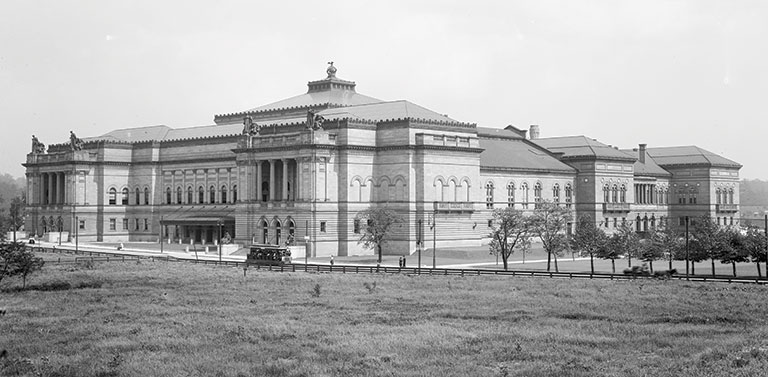
An early image of the building featuring the original sphere.
While documentation exists that includes many other decorative details of the building Andrew Carnegie dubbed his “Palace of Culture,” little is known about the armillary sphere. It was added as part of the 1907 Carnegie Institute expansion, as seen in a photograph taken shortly after the opening. By 1956, the weather and Pittsburgh’s pre-Renaissance air quality forced major repairs to the building’s 1907 copper roof. The most practical material to use was aluminum. Because rain washing over the copper and bronze sphere onto the aluminum roof would have caused a corrosive reaction, the original sphere was replaced with aluminum casting.
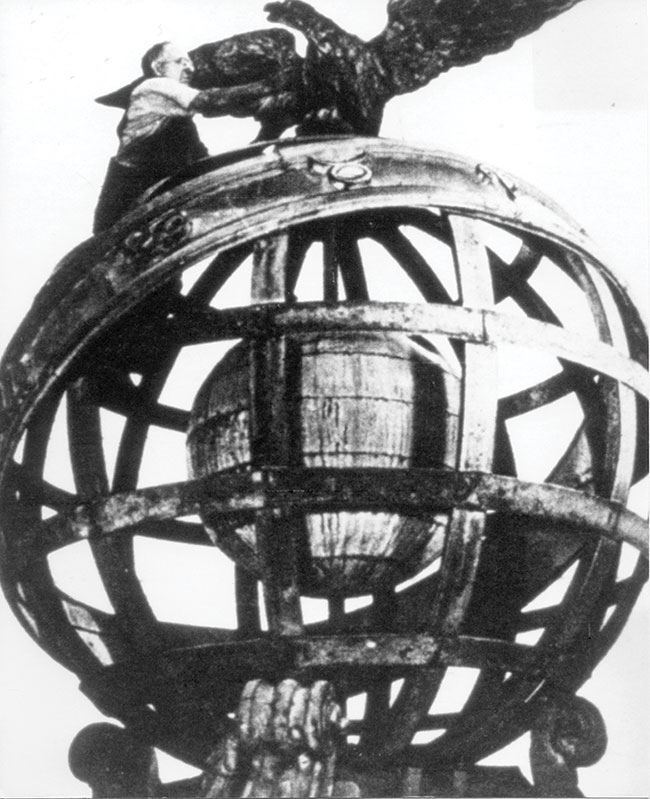
A worker atop the original sphere.
The museum and library complex is a national architectural landmark cited by the United States Department of the Interior and Pittsburgh History and Landmarks Foundation, in part because it’s so successful in uniting decorative sculpture with the architectural intent of the building. Scottish-American John Massey Rhind added the final decorative elements of the expanded Beaux Arts masterpiece designed by architects Alden and Harlow. On the four corners of the roof facing Forbes Avenue, Rhind seated statues of Michelangelo, Galileo, Bach, and Shakespeare, representing art, science, music, and literature—the noble quartet. Directly above each figure on top of the building, he created an accompaniment of divine figures, all female. It’s possible he designed the original armillary sphere at the same time


